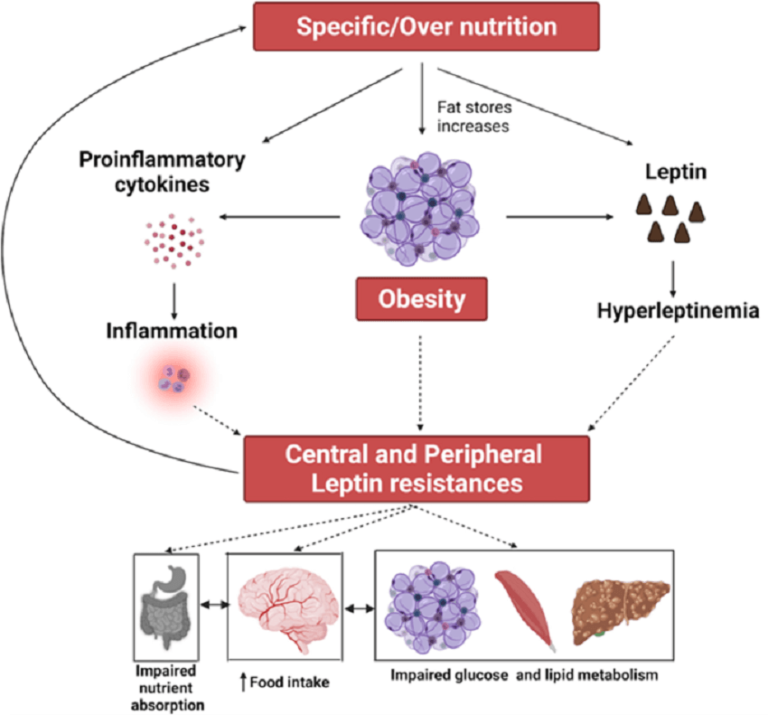Science recognizes two types of muscle fibers: fast and slow. The ratio between the types of muscle fibers is one of the parameters set mainly by muscle genetics.
Although it is possible to work on each type with a correct selection of exercises, knowing what types of muscle fibers are performed during the activities is beneficial to improving an athlete’s performance and capacity.
This article looks at the different exercises to target fast and slow muscle fibers.
Types of muscle fibers – fast and slow
One of the criteria that distinguish high-speed marathon athletes is the ratio between the types of muscle fibers they have.
The relationship between fast and slow muscle fiber types directly affects a person’s ability in one sport.
A muscle fiber is a physiological structure that stands out for its strength and elasticity. Muscle fibers can be classified into two types depending on the energy source.
Slow muscle fibers are responsible for absorbing static and monotonous loads. They use fatty acids as the primary source of energy.
Fast muscle fibers activate powerful and short movements based on muscle glycogen.
Understanding this allows you to choose the fitness training strategy that best suits you. To strengthen fast and slow muscle fibers, you must first understand which exercises activate each type.
Types of muscle fibers – differences
The chicken’s body is the most straightforward and uncomplicated example of the differences between the two types of muscle fibers.
The wing fibers – fast – have a characteristic light reddish color and a minimal amount of fat, while the legs and thighs – slow – are characterized by darker red meat and higher fat content.
Fast (white) muscle fibers are responsible for short, high-intensity movements – they use muscle glycogen and creatine phosphate stores.
Slow muscle fibers are darker red and surrounded by fatty tissue.
Returning to the case of the chicken, the muscles of its thighs experience a constant static load, so the main component of the forces of its legs is the slow muscle fibers (1).
In contrast, chicken wing muscles are made up of fast muscle fibers, which allow for quick, energetic movements.
In the stabilizing muscles of the torso, the spinal area, the abdominal muscles, and the leg muscles, there is a more significant presence of slow muscle fibers. In the rest of the regions, fast muscle fibers prevail. (3)
Slow muscle fibers (red)
Slow muscle fibers are thinner than fast ones. However, they can sustain physical exertion for a highly long time. Its red color is mainly due to the presence of hemoglobin molecules.
Fast muscle fibers (white)
Fast muscle fibers use high-intensity (or explosive) loads. The energy for this type of muscle fiber is usually in the fluid that surrounds the muscles: the sarcoplasm. Fast muscle fibers use muscle glycogen and creatine.
Exercises by type of muscle fiber
The static exercises or cardio workouts long-term are best suited to involve the slow muscle fibers.
Endurance athletes with the ectomorphic body type tend to have a higher proportion of slow over fast muscle fibers.
Strength athletes and bodybuilding enthusiasts are the ones who tend to work on the fast fiber type. In a classic gym hypertrophy routine, the main objective is to strengthen the tight muscle fibers.
Weight-bearing exercises with a 6-12 rep range are ideal for strengthening fast muscle fibers. A classic example is a 3-day-a-week gym routine.
Examples of exercises for slow muscle fibers:
Examples of exercises for fast muscle fibers:
How to know which of the two types of muscle fiber predominates?
The type of sport executed will determine one of the two muscle fiber types. For example, marathon runners have more than 80% of all muscle fibers. Unlike sprinters with a higher proportion of fast fibers representing around 65-70%.
Determining which of the two types of muscle fibers predominates is a task that can be done with laboratory analysis. For example, to evaluate the metabolic markers of a person. (5)
A difference in the amount of these molecules translates into differences in muscle fibers and a person’s genetic predisposition towards developing more fast or slow muscle fibers.
ABSTRACT
- There are two types of muscle fibers: fast and slow muscle fibers.
- Each type of fiber uses different energy sources to generate various muscle movements.
- The proportion of muscle fiber types is mainly predetermined by genetics, although it can be slightly modified with exercise.
- Strength training and training focused on increasing volume act on the white fibers. To do this type of exercise, you must consume the appropriate dose of carbohydrate foods.
- Slow muscle fibers are activated by performing long-term and static aerobic exercises. Examples of activities to strengthen them are planks and endurance races.







